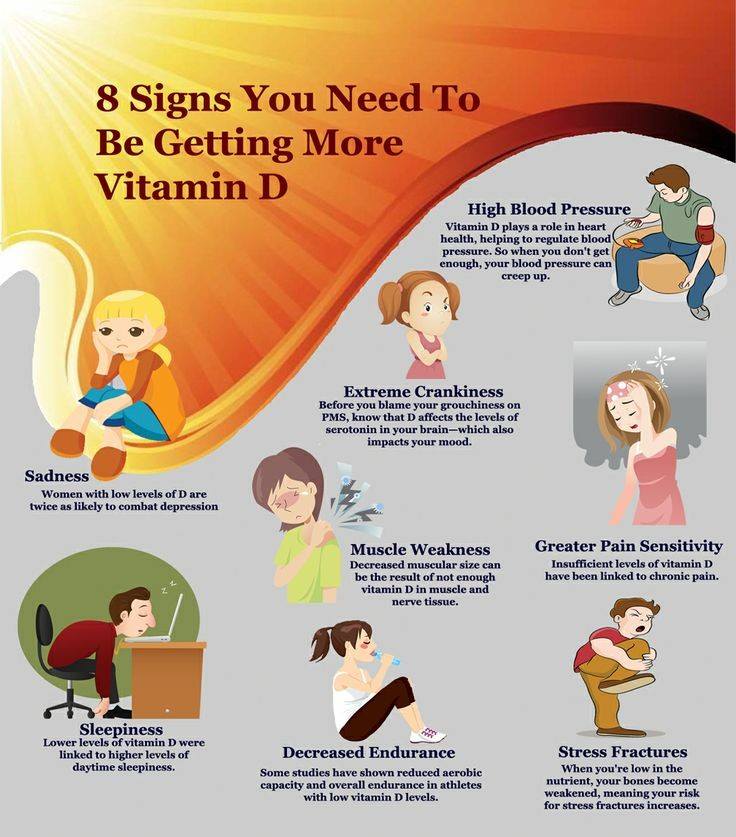

You could step into your balcony, terrace, garden, the neighbourhood park or any spot outdoors, with your upper and lower limbs uncovered.

Sun exposure is the most important natural source of vitamin D and I would say 10-15 minutes in the early morning sun, when its UVB rays are most intense, should do the job. Yes, there is winter pollution that dulls the sun but mostly India has a lot of sunny days that we are not taking advantage of. What does this mean? It means that no matter how active we are in indoor spaces, we are not just exposing ourselves enough to the sun or embracing the outdoors as well as we should. Surprisingly, the deficiency was the highest in sunny Tier II cities with Vadodara, Surat, Nagpur, Bhubaneswar, Nashik and Visakhapatnam topping the list. In the 25-40 age group, the prevalence was only slightly lower at 81 per cent, but overall they were found to be more deficient than the national average. The incidence of deficiency was found to be higher among young people aged below 25, with 84 per cent of them found to be low on this vitamin. A recent survey by an online drug pharmacy also found that nearly 76 per cent or one in three Indians suffers from Vitamin D deficiency.

Despite living in a tropical country and having sunshine most part of the year, Indians still do not get enough sunlight and suffer from Vitamin D deficiency.


 0 kommentar(er)
0 kommentar(er)
